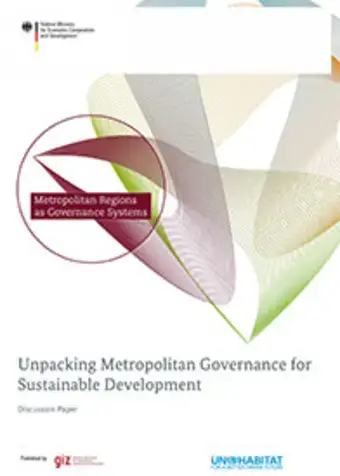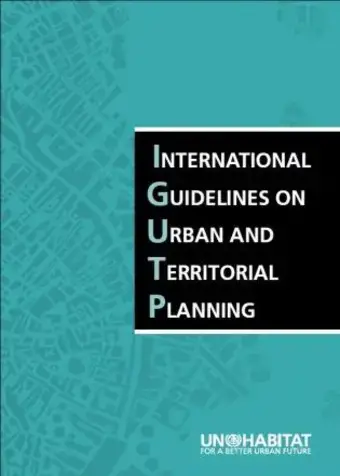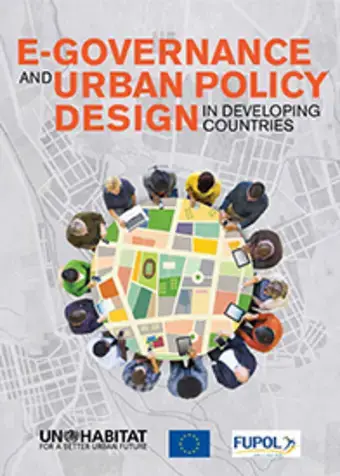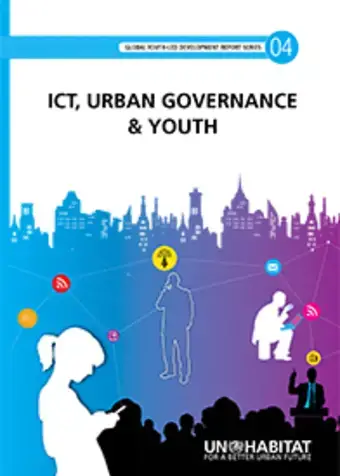 At the United Nations Sustainable Development Summit on 25 September 2015, world leaders adopted the 2030 Agenda for Sustainable Development, a set of 17 Sustainable Development Goals (SDGs) to end poverty, fight inequality and injustice, and tackle climate change by 2030.
At the United Nations Sustainable Development Summit on 25 September 2015, world leaders adopted the 2030 Agenda for Sustainable Development, a set of 17 Sustainable Development Goals (SDGs) to end poverty, fight inequality and injustice, and tackle climate change by 2030.
The SDGs build on the Rio+20 outcomes and the Millennium Development Goals (MDGs), eight anti-poverty targets that the world committed to achieving by 2015.



 Barcelona, May 25, 2015. – In conjunction with the Barcelona City Council, UN-Habitat convened experts in municipal finance,
Barcelona, May 25, 2015. – In conjunction with the Barcelona City Council, UN-Habitat convened experts in municipal finance, 

